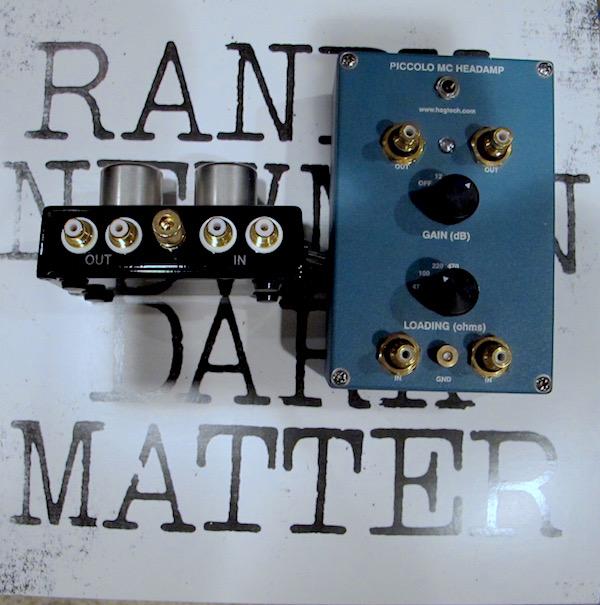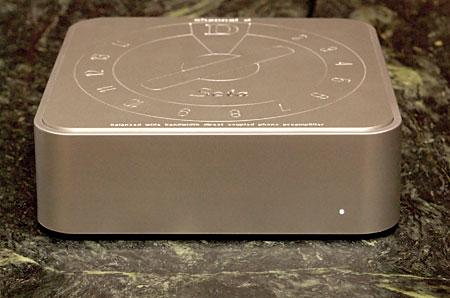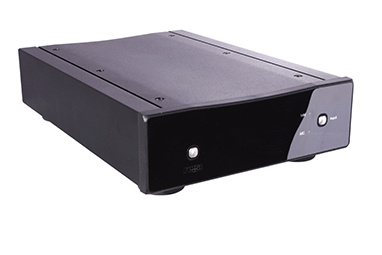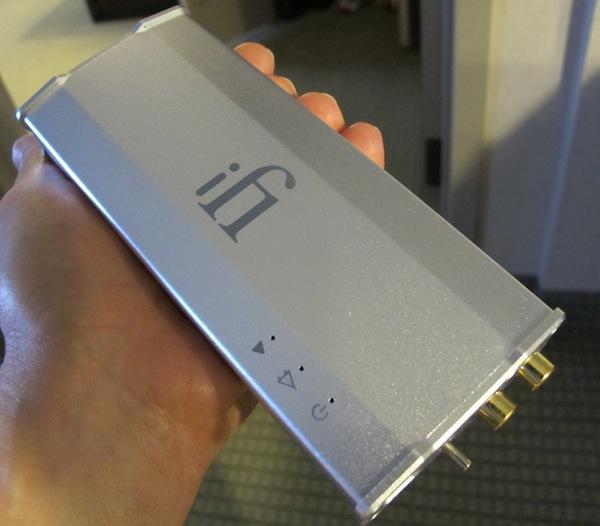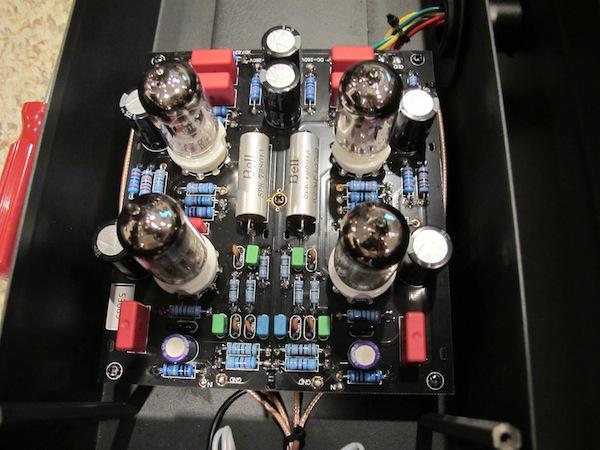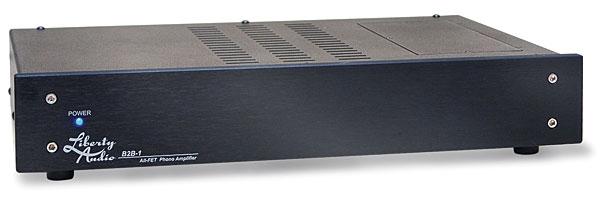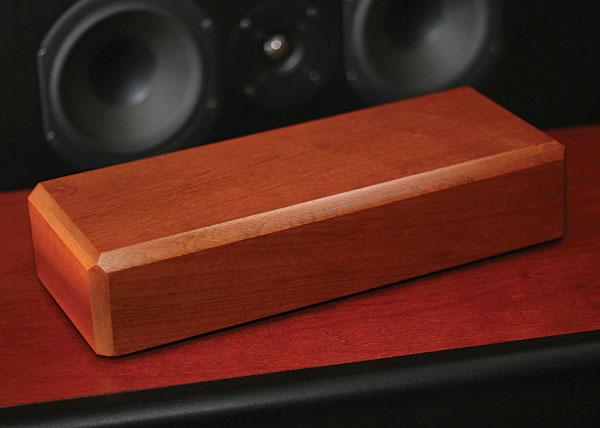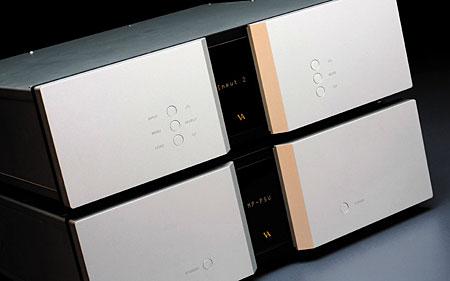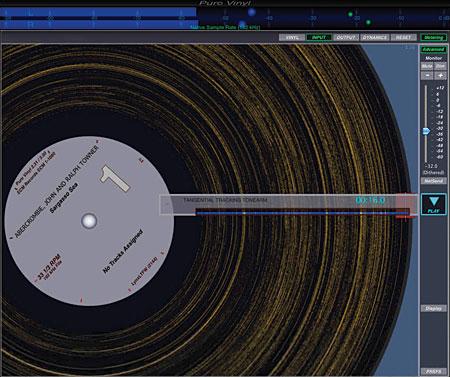Some were MM only, others were MM/MC. The point was, should you buy a MM/MC phono preamp now for your MM cartridge with an ear towards the future, or should you maximize performance with a high quality MM-only phono preamp, and perhaps later add a step-up transformer or head amp?
Some were MM only, others were MM/MC. They were compared here, and the results of the voting published here.
Finally it's time to fully answer the original question using a MC cartridge. However, there are a few changes (remember this is not a scientific test, but rather an informative and useful one that's also entertaining for some of us).
So here's what we have: we are using the Hana SL low output moving coil cartridge (.5mV output) mounted on a Graham Phantom III mounted on an Air Force 3 turntable. And again we have the following phono preamplifiers:
Music Hall pa 2.2
AVM P 1.2
Lejonklou Gaio
Lehmann Silver Cube
Graham Slee Era Gold V
ifi phono2
Musical Fidelity MX-VYNL
Missing is the Jasmine 2.5DU. Why? It had to be returned to the importer but of equal importance is that despite the online "noise" about how great it is, I thought (and most of you thought) it sounded mediocre and not at all competitive at its price compared to some of the others.
So instead, add the Ciaudio PEQ-1 (formerly known as Channel Island Audio). This is a $999 MM/MC unit that's made in America and is of uncommonly high build quality for the price point. It will shortly receive a full review. In the meantime other phono preamps have also arrived including the Graham Slee Accession and a few others. These will have to be separately reviewed or this "vote" will get totally out of control!
Added to the mix are two step-up devices: the original Hagerman Audio Piccolo, which is an electronic "head amp" that's been replaced more recently with the $279 PIccolo2 and the Bob's Devices Cinemag 1131 an $1195 step up transformer. Both units are shown in the photo at the top of this story.
So what you will be listening to are the Music Hall, AVM, Lehmann, Musical Fidelity, ifi and Ciaudio in moving coil mode loaded at 100 ohms and the Graham Slee Era Gold used with the Bob's step up transformer and the Lejonklou used with both the Hagerman head amp and the Bob's Devices step up transformer. The files are 96/24 aiff digitized via a Lynx HiLo A/D converter.
The music has been changed too. Instead of the Sonny Clark Memorial Quartet we're using a excerpt from an extraordinary Reference Recordings double 45rpm issue, Fiona Boyes' Professin' the Blues (Reference RM 2517).
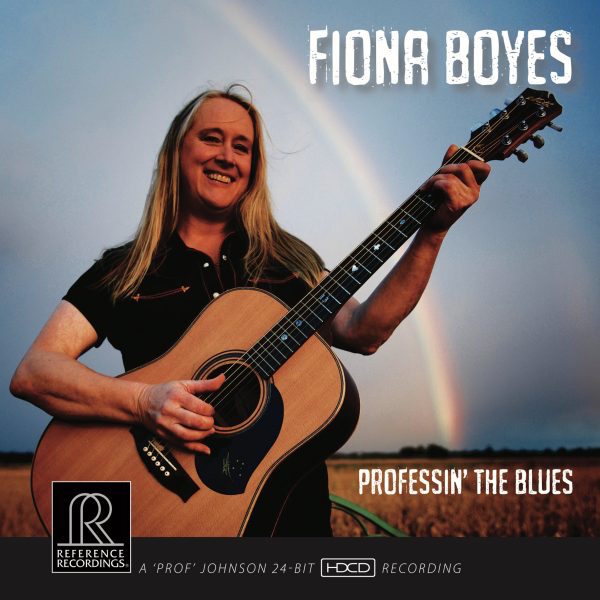
Boyes is a well respected Australian blues veteran who I'm sure you'll enjoy even if for less than two minutes. This record needs and will get a full review. It was chosen because it is a fine Keith O. Johnson recording that will tell you about each phono preamp's transient response, bass extension and control and delivery of spatial information. The differences will in some cases be obvious, while in others more subtle.
Please keep in mind that the levels are not matched due to the differing gain and outputs among the participants so adjust accordingly and each track is not of the same length but they are close. Again, this is not a "scientific" test!
So here we go:
By the way, the interconnect used between the head amp and step-up transformer and MM phono preamp was a very inexpensive cable (as in under $20).
So please listen and vote! And sorry about all of the hyperlinks but they should be useful!
